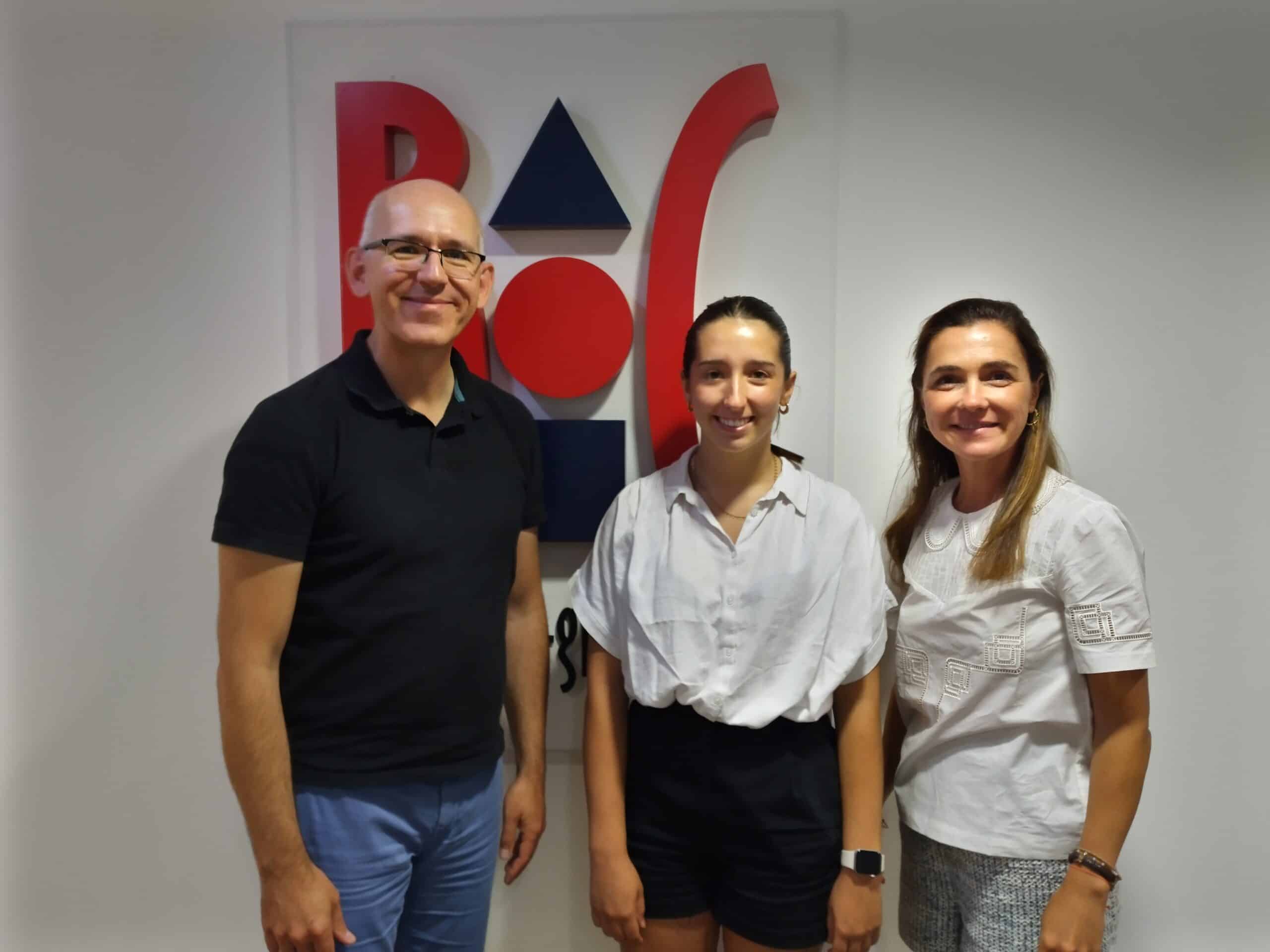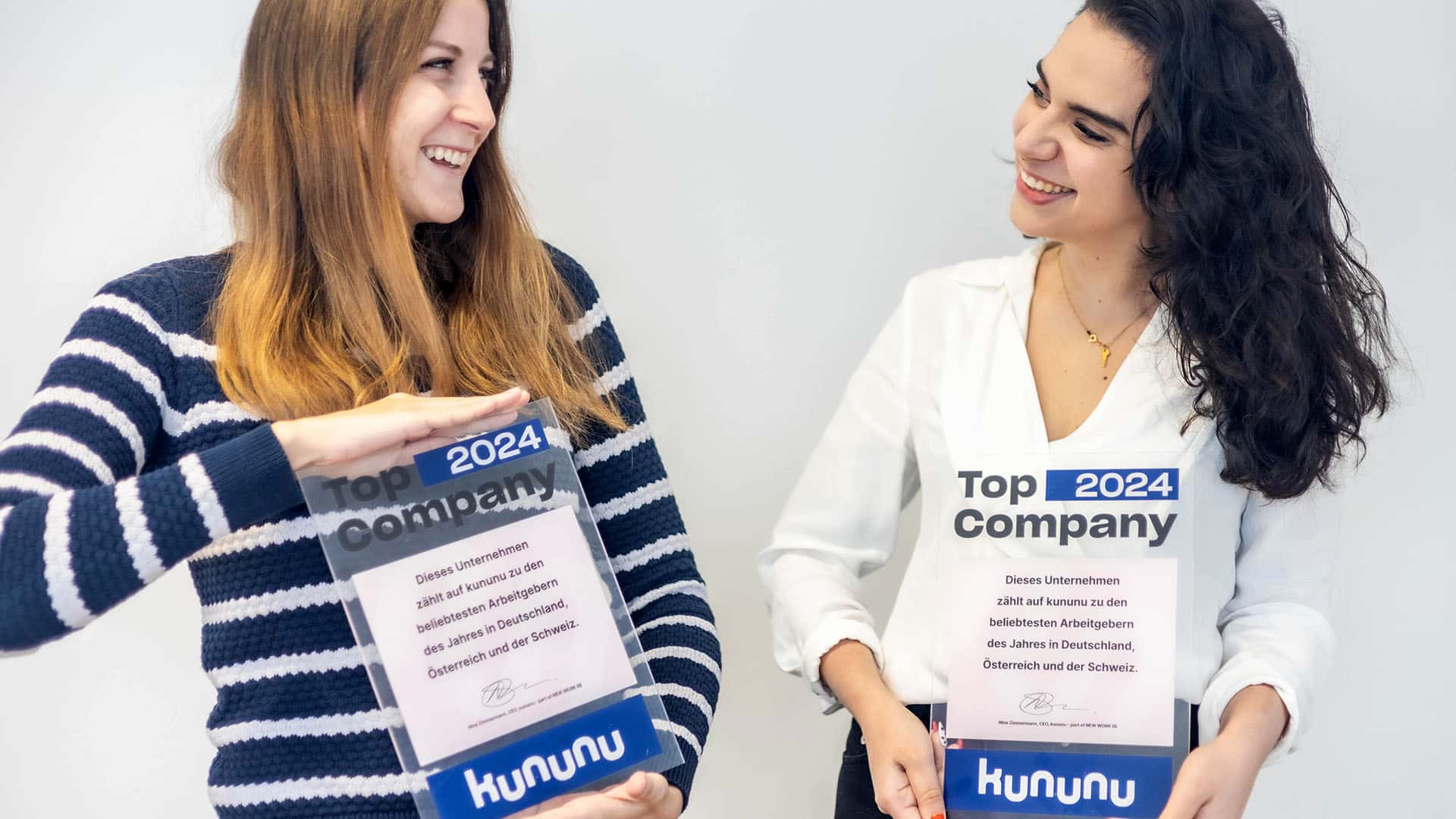In today’s digital age, where technology and talent go hand in hand, it’s exciting to see young, promising talent from the academic field diving into the dynamic world of software development. In our interview, we take a look behind the scenes of an internship that bridges the gap between theory and practice.
“Don’t be shy, even if you don’t fully understand something yet.” Linus
Linus, a dedicated computer science student at the renowned ETH University in Zurich, shares insights and experiences from his internship at BOC Group. This interview not only sheds light on Linus’ personal development and the project he worked on, but also highlights the importance of practical experience in training young IT talent. Join us on this fascinating journey that took Linus from the lecture halls of ETH to BOC Group’s development project.
Linus, can you briefly tell us about yourself and your background and explain why you chose an internship at BOC Group?
I have been studying computer science at ETH Zurich for three years and I am about to finish my bachelor thesis. I decided to do an internship to gain some practical experience and BOC Group offered an ideal opportunity. The variety of tasks and the location in Winterthur were decisive factors in my decision.
How did you learn about BOC Group, and what were your first impressions?
I heard about an internship in software development at BOC through an acquaintance, and my first impression was very positive. The structured induction process and the opportunity to take on a lot of responsibility in an international team convinced me.
Can you tell us more about your project and its added value?
I am developing an easy-to-use survey tool for everyone that can interact with the databases of the software solutions ADONIS, ADOIT, and ADOGRC of BOC Group. The aim is to collect and utilize the intrinsic knowledge of employees in companies through simple online surveys with familiar question formats such as single or multiple choice questions. This means that people without specific product or specialist knowledge in the areas of process management (ADONIS), IT architecture (ADOIT), or governance, risk and compliance (ADOGRC) can be addressed and involved.
How could this survey feature be used in practice?
In practice, the tool could be used, among other things, to supplement attributes of ADONIS objects with survey results. The results of the surveys can be integrated directly into the ADONIS, ADOIT or ADOGRC databases. Another use case would be implementing efficiency assessments for certain processes or evaluating applications. Ideally, these assessments are done by people directly involved in the relevant processes or applications. In this way, the knowledge is queried where it is usually used and the specialist departments are relieved at the same time.
What role do you play in this project and what working practices does the team use?
As the main project responsible, I work independently but also benefit from the support of my team. We use the SCRUM method to achieve our goals and overcome challenges.
What challenges did you face and how did you overcome them?
There were always some challenges to tackle. I see continuous learning and systematic problem solving as key elements for success. In my opinion, it is more efficient to first develop a deep understanding of a problem before starting to implement it. That’s why I always read up on the topic first and only then start programming. I use a wide range of information sources, including the Internet and the extensive expert knowledge of my knowledgeable colleagues.
How has the feature been received and what have you learned?
The feedback from users is still pending, as the project has not yet been completed. I have learned a lot about different technologies and am looking forward to the upcoming implementation in the cloud and the development of user management.
What were the highlights of your internship and what is still to come?
Working on a larger project and deepening my knowledge of different technologies have been the main highlights so far. There is still a lot of interesting work to be done, especially with the implementation of user management and the cloud connection.
Do you have any tips for young talent?
Don’t be shy, even if you don’t fully understand something yet. Learning never stops and you can always rely on the support of your team.


